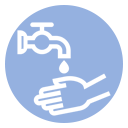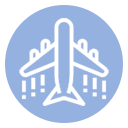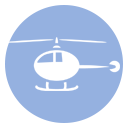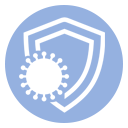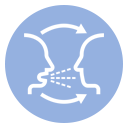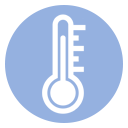Infectious Diseases
Metro Aviation is working every day to make sure we are doing all that we can to maintain the safest level of operations possible. Regardless of whatever pandemic or world crisis may be happening at the moment, our focus has been and always will be on SAFETY.
PREVENTION AND PRECAUTIONS
ADVISORY TEAM ASSEMBLED AND COMMUNICATING REGULARLY
We are regularly communicating with our assembled team of advisors to evaluate the need and precautionary steps required with regard to COVID-19 and the everchanging guidelines surrounding this virus. The team includes medical and program directors, and chief flight nurses from a representative group of our clients.
Safety is our top priority.
Second to safety, we are focused on keeping all aspects of our operations functioning for as long as possible with minimal interruptions. The more of our staff that stay healthy, the more we can remain in service flying and completing aircraft for our customers.
We will continue to monitor this virus and the challenges it brings to our operations and our customers. We are taking all active steps to meet these challenges head-on and find solutions that make sense, keep our workforce safe and keep us flying.
proper hand hygiene
Exercise proper hand hygiene. Experts state that this is the single largest deterrent of the spread of this or any virus or disease. Do it. And do it often.
Business travel
All non‐essential business travel has been suspended until further notice. We’ve also canceled our Lead Pilot and Lead Maintenance Seminars, as well as LEAD and CommLEAD for our operational customers.
Maintenance
During the performance of maintenance activity, mechanics should always maintain a safe distance from other mechanics. It is preferable that only one mechanic be in the aircraft cabin at a time but certainly no more than two if required.
Safety Reports
After completing the transport of a known COVID-19 positive patient, the pilot in command will complete an ASR. He/she will notate, in as much detail as needed, any challenges or safety concerns encountered with the transport.
Social Distance
Many states have implemented policies and recommendations limiting gatherings over a certain size. As a general rule, maintain a distance of at least six feet from others, when possible. Avoid shaking hands and hugging. This even applies to us Southerners. If a matter can be handled over the phone, email, conference call, etc., then choose one of those alternate means of communication.
self quarantine
If you are having symptoms of respiratory illness, including fever (100.4F or higher) or new or worsening shortness of breath, please stay home until your symptoms have completely resolved (24 hours fever free).
PPE and Sterilization
Pilots performing transports for known COVID-19 patients are required to wear a N95 or surgical mask. As an additional level of protection while in the cockpit, helicopter pilots should continue to fly with helmet visors down and fixed wing pilots should consider the use of safety glasses. Following each flight (NOT exclusive of a COVID-19 transport), pilots will clean all cockpit surfaces handled or touched.
Centers for Disease Control and Prevention: COVID-19 Page
World Health Organization: COVID-19 Page
CDC Environmental Infection Control Guidelines
The President’s Coronavirus Guidelines
OSHA: Guidance on Preparing Workplaces for COVID-19
SHRM: Stop the Spread of Germs at Work
Airbus: Disinfection of the Helicopter Interior and External Handles
Proper Sequence for Putting on PPE
Department of Homeland Security
The University of Michigan Guide to Well-being during COVID-19
COVID-19 RESOURCES
Use the links to the left for the latest information regarding COVID-19.
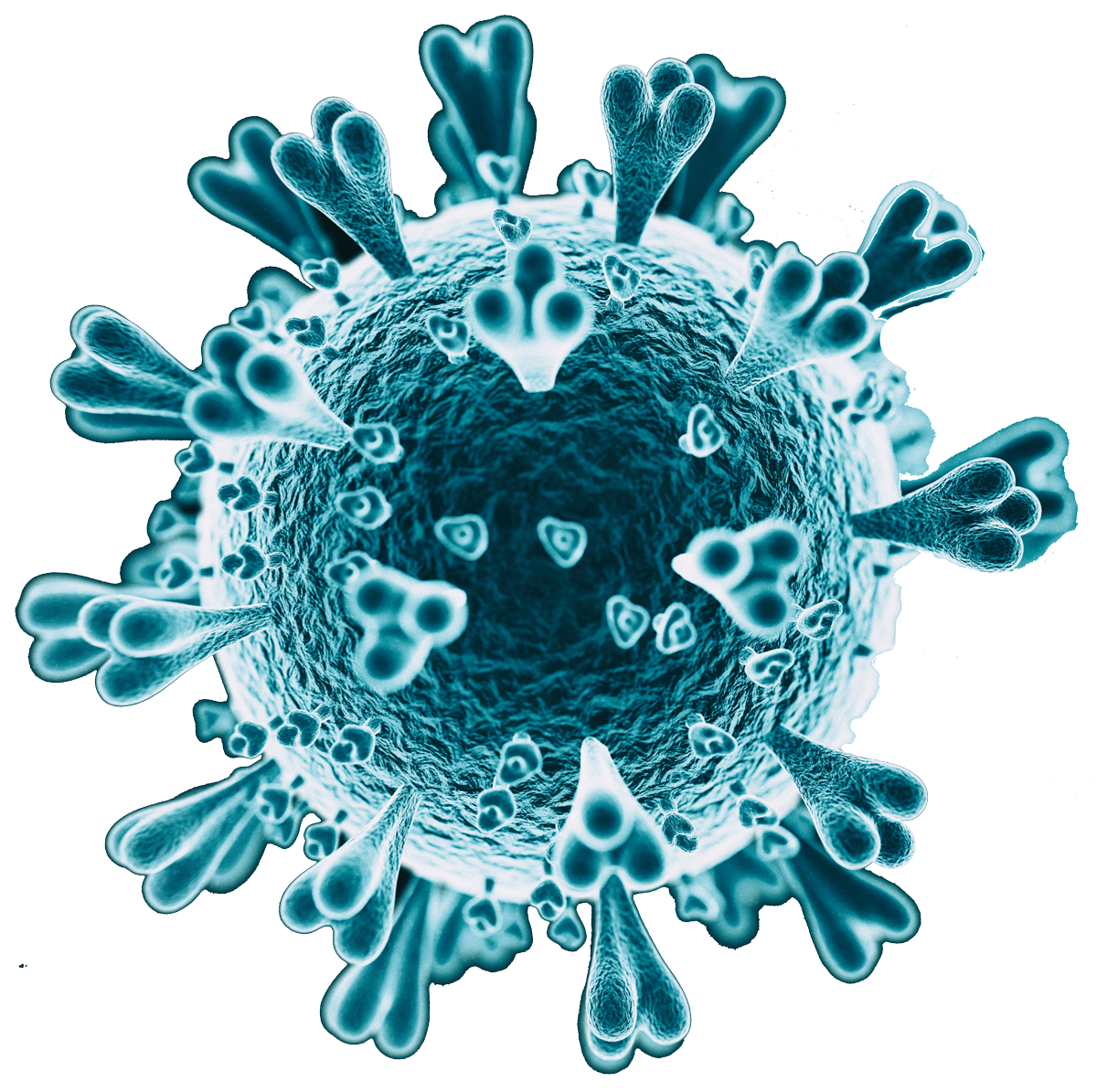
News Resources
Pandemic and Patients, March 23, 2020
Air Medical Industry Seeks Relief, March 19, 2020
First responders following CDC guidelines when handling potential COVID-19 patients, March 17, 2020
Unpacking The Coverage Provisions In The House Coronavirus Bill, March 16, 2020
Social distancing during the coronavirus pandemic: here’s what to know, March 16, 2020

Public Information regarding COVID-19
Different parts of the country are seeing different levels of COVID-19 activity. The United States nationally is currently in the initiation phases, but states where community spread is occurring are in the acceleration phase. The duration and severity of each phase can vary depending on the characteristics of the virus and the public health response.
Global efforts at this time are focused concurrently on lessening the spread and impact of this virus. The federal government is working closely with state, local, tribal, and territorial partners, as well as public health partners, to respond to this public health threat.
CDC is implementing its pandemic preparedness and response plans, working on multiple fronts, including providing specific guidance on measures to prepare communities to respond to local spread of the virus that causes COVID-19. There is an abundance of pandemic guidance developed in anticipation of an influenza pandemic that is being adapted for a potential COVID-19 pandemic.
Quick Facts
- Coronaviruses (CoV) are a large family of viruses that cause illness ranging from the common cold to more severe diseases such as Middle East Respiratory Syndrome (MERS-CoV) and Severe Acute Respiratory Syndrome (SARS-CoV). Coronavirus disease (COVID-19) is a new strain that was discovered in 2019 and has not been previously identified in humans.
- Common signs of infection include respiratory symptoms, fever, cough, shortness of breath and breathing difficulties. In more severe cases, the infection can cause pneumonia, severe acute respiratory syndrome, kidney failure, and even death.
- Protect yourself by washing your hands often, avoiding close contact with people who are sick, cover coughs and sneezes with a tissue or the inside of your elbow, stay home if you’re sick, and clean and disinfect frequently touched surfaces.

